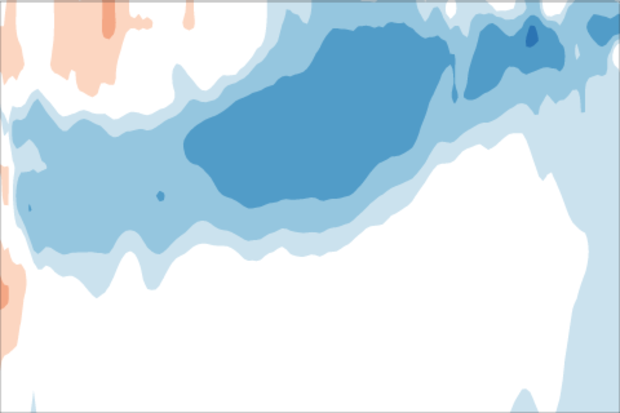Blogs
This is a guest post from Simon Wang, Utah Climate Center/Dept. Plants, Soils & Climate, Utah State University. Simon specializes in climate dynamics, prediction, and their extremes.
This past winter, most water agencies across California were counting on the strong El Niño to produce surplus water, helping to increase groundwater and make up for what’s been pumped out due to the severe drought. Unfortunately, precipitation during the winter of 2015-16 was barely above the long-term average in the state, despite stormy weather in the northern part of California.
Recent patterns in groundwater
The drought was somewhat alleviated in Northern Californi…
Read article
It might seem strange to be talking about Northern Hemisphere Snow cover during the heat of summer, but July 1st was “Snow New Year”: the end of the 2015-16 meteorological snow year and the start of the 2016-17 “snow year.” As most people do at the start of a new year, we’re reflecting on events from the past year to understand where we have been and where we might be going. In this Beyond the Data blog post, we will dig deeper into the Northern Hemisphere snow cover extent during the 2015-16 snow season and explore change in snow cover over time.
History of snow mapping
To understand Northern Hemisphere snow cover extent, it helps to examine its history. Thanks to the hard work …
Read article
Neutral ENSO conditions reigned during June and so far in July, as the sea surface temperature in the Niño3.4 region, often used to measure the El Niño/La Niña (ENSO) state, was between -0.5°C and 0.5°C away from average. ENSO-neutral means forecasters can relax a bit, and phones are no longer ringing off the hook now that this whale of an El Niño finally bit the dust.
However, we can’t rest too much. During the last 60 or so years, strong El Niño years have often been followed by La Niña years. There are known physical reasons for this, which we have covered (here and here). Although the record is short, it appears the stronger the El Niño, the greater the chance for a La Niña the ne…
Read article
Over the last couple of months, we’ve been witnessing a tremendous fall from the peak of one of the strongest El Niño events on record. Sea surface temperatures in the Niño-3.4 region of the east-central equatorial Pacific Ocean have cooled down over three degrees Fahrenheit since January! The collapse of El Niño was well predicted because El Niño-Southern Oscillation (ENSO) events are almost always strongest during the Northern Hemisphere winter (1). So, the seeds of destruction are sown into most El Niño events, but what exactly are they?
To understand the demise of El Niño, one needs to understand why and how ENSO evolves. The entire ENSO lifec…
Read article
What a difference the day makes
In the last Beyond the Data entry, we investigated the role that late-spring rainfall plays in summer temperatures. The short, short version:
For much-to-most of the contiguous United States (CONUS), summer temperatures have a relationship with (they “listen to”) late spring precipitation. Wetter places in June tend to be cooler through summer, but the tendency is slight. The relationship is not very strong to begin with, explaining about a quarter of the variance, and diminishes to zero away from the south and interior parts of the CONUS.
I subsequently got a note from a great colleague from back in my state climate office days. Jim Angel, the Illino…
Read article




